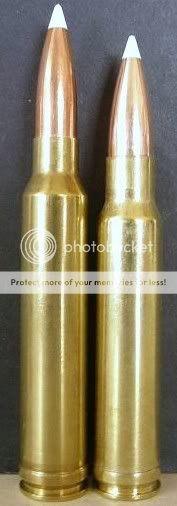cwhuntsalot
Member
Thanks for the info Tom. Why the different twists and how do they affect the accuracy? I was considering a 26" Krieger w/ no fluting. I have received differing views about fluting. Some say it imparts stresses on the barrel, while others say nothing about stress. Krieger does not flute any of their barrels, but Hart and Shaw do. So is fluting a yay or nay based on the shooters interpretation of the mfr hype of the benefits of fluting-stiffer, lighter, cools quicker, albeit unsubstantiated by black & white facts? In short, what are your thoughts on fluting?
Thanx Curtis
Thanx Curtis


